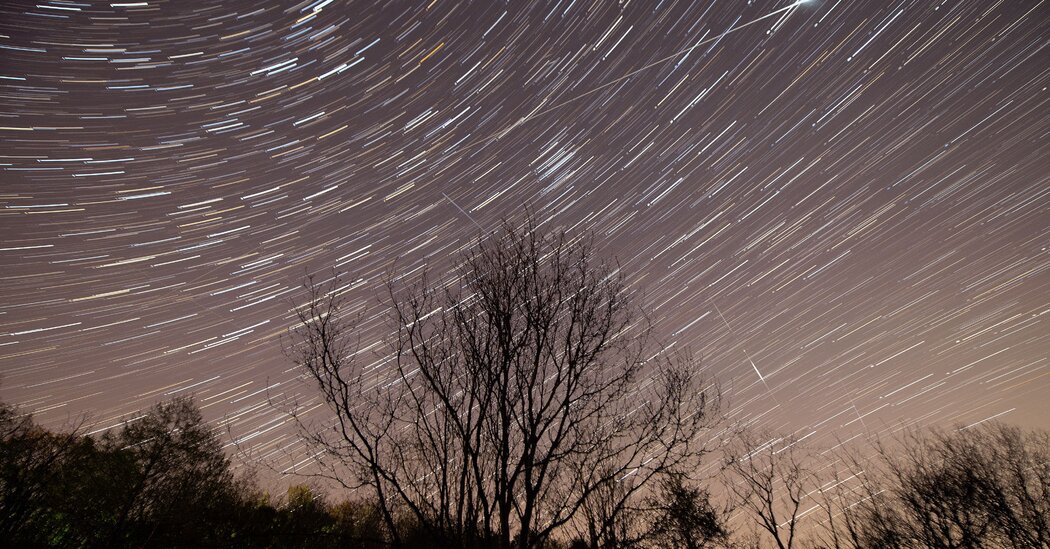Our universe might be chock-full of cosmic wonder, but you can only observe a fraction of astronomical phenomena with your naked eye. Meteor showers, natural fireworks that streak brightly across the night sky, are one of them.
The latest observable meteor shower will be the Lyrids, which have been active since April 14 and are forecast to continue until April 29. They reach their peak April 21 to 22, or Sunday night into Monday morning.
Best seen from the Northern Hemisphere, the Lyrids are caused by the dusty debris from a comet named Thatcher and spring from the constellation Lyra.
During this year’s period of peak activity, viewers may have a more difficult time seeing meteors from this shower because the moon will be nearly full.
Where meteor showers come from
There is a chance you might see a meteor on any given night, but you are most likely to catch one during a shower. Meteor showers are caused by Earth passing through the rubble trailing a comet or asteroid as it swings around the sun. This debris, which can be as small as a grain of sand, leaves behind a glowing stream of light as it burns up in Earth’s atmosphere.
Meteor showers occur around the same time every year and can last for days or weeks. But there is only a small window when each shower is at its peak, which happens when Earth reaches the densest part of the cosmic debris. The peak is the best time to look for a shower. From our point of view on Earth, the meteors will appear to come from the same point in the sky.
